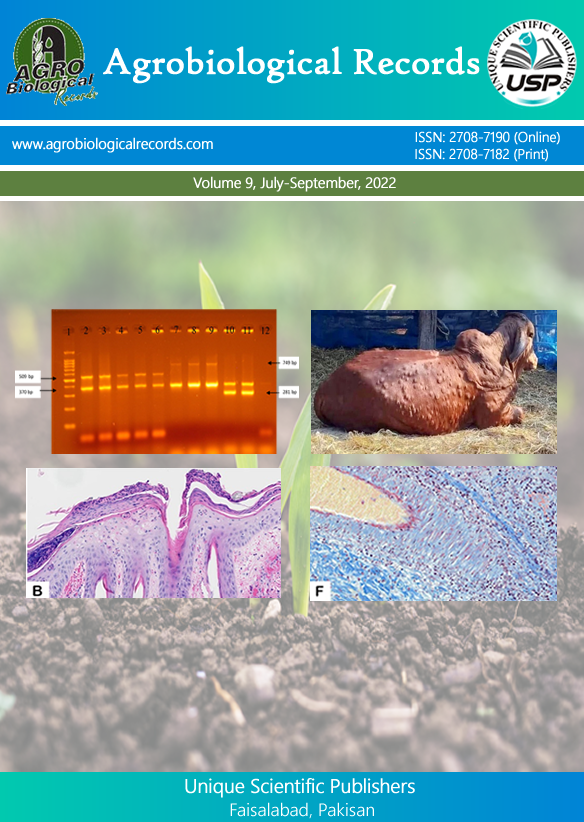
Boubacar Cissokho 1*, Babacar Souleymane Sambe 1,2, Toffène Diome1,3, Mama Racky Ndiaye1 and Mbacké Sembene1
1Genomics Laboratory, Department of Animal Biology, Faculty of Science and Technology, Cheikh Anta Diop University of Dakar, Senegal 2Institute Pasteur de Dakar (IPD), Immunophysiopathology and Infectious Diseases Unit (IMI), Dakar, Senegal 3Entomology and Acarology Laboratory, Department of Animal Biology, Faculty of Science and Technology, Cheikh Anta Diop University of Dakar, Senegal
*Corresponding author: boubacar4.cissokho@ucad.edu.sn
The present study aimed to evaluate the in vitro effects of aqueous extracts of leaves and bark of Khaya senegalensis and Azadirachta indica on the mobility of Haemonchus contortus adults in Senegal. The outcome is that the uncontrolled use of synthetic anthelmintics has led to the emergence of resistance. Therefore, to limit the damage caused by intestinal parasites such as H. contortus to the profitability of small ruminant farming systems, phytotherapy appears to be the only possible solution. To this end, live parasites from sheep and goats sampled at the Medina abattoir were placed in Petri dishes at a rate of 5 worms per dish. A 3mL volume of the drug preparation (0.2g/mL) to be tested and/or the control solution was added. Phosphate Buffer Saline (PBS) was used as the negative control and Albendazol as the positive reference substance (positive control) at 25mg/mL concentration in this series of tests. Evaluating the anthelmintic activity of neem and khaye leaf extracts gave interesting results. Thus, inhibition rates of and rapid death in affected ruminants and especially lambs 100% were reached after 18 hours under the effect of neem and 20 hours in contact with khaye. Similarly, the activity of the bark extracts from these plants produced inhibition rates of one hundred per cent at around 18 hours for the khaye and 22 hours for the neem. In addition, survival analysis using the log rank test showed a highly significant difference between natural death and death caused by aqueous leaf extracts. These extracts could be judicious alternatives to chemical drugs against hemonchosis in small ruminants in endemic areas such as Africa.